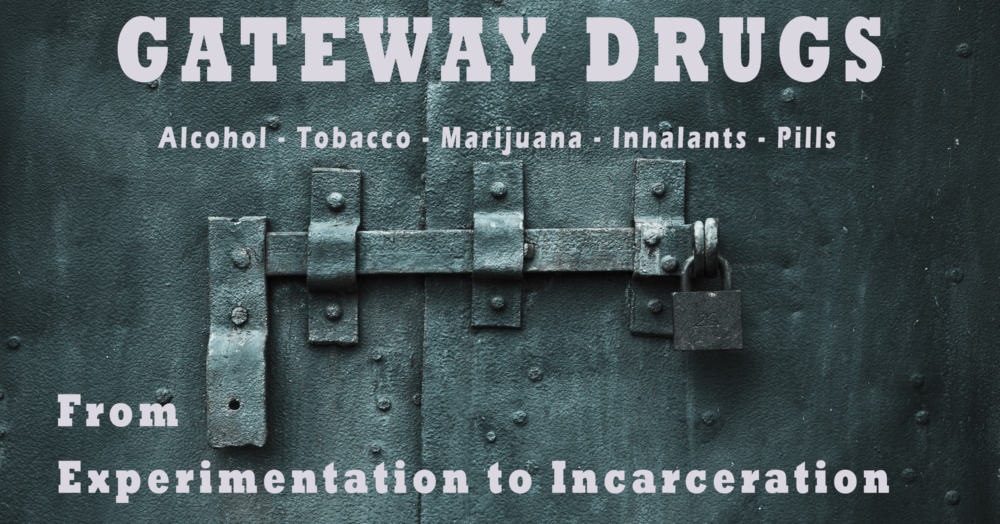Teen Dating Violence
by P.J. Knickerbocker
Dating Violence often starts early, and teens and young adult’s ages 16 to 24 are at the highest risk of their lives. Dating violence is something that is unfortunately very common, and certain red flags are considered normal in our society adding to this growing problem.
Unhealthy relationships can start early and last a lifetime. Dating abuse occurs when harmful behaviors are repeated, creating a pattern of violence. There are three common types of dating violence. The first is physical abuse which occurs when a teen is pinched, hit, shoved, or kicked. Second is emotional abuse which refers to threatening a teen or harming his or her sense of self-worth. Examples of emotional abuse include name calling, teasing, threats, bullying, or keeping a teen away from friends and family. And last, sexual abuse which involves forcing a teen to engage in a sex act. Dating violence often starts with teasing and name calling. These behaviors are often thought to be a “normal” part of a relationship. But these behaviors can lead to more serious abuse like physical assault and rape.
Dating violence is a serious problem in the United States. According to The Safe Space, “one in three teens experience some kind of abuse in their romantic relationships, including verbal and emotional abuse.” (The Safe Space, Relationships 101, 2007.) Perhaps even more alarming, “1 in 4 teenage girls who have been in relationships reveal they have been pressured to engage in sexual activity.” And it is not just happening to girls, more and more boys are reporting similar behavior.
Teens report dating violence more often than any other age groups. Among teens, boys often start the violence and use greater force. Girls are more likely than boys to be the victims of sexual abuse. Studies show that people who abuse their dating partners are more depressed, have lower self-esteem, and are more aggressive than their peers. Other “red flags” for dating violence include use of threats or violence to solve problems, alcohol or drug use, inability to manage anger or frustration, poor social skills, association with violent friends, problems at school, lack of parental supervision, support, or discipline and witnessing abuse at home.
The ultimate goal is to stop dating abuse before it starts. Strategies that promote healthy relationships are vital. During the preteen and teen years, young people are learning skills they need to form positive relationships with others. This is an ideal time to promote healthy relationships and prevent patterns of dating violence that can last into adulthood. Prevention programs address the attitudes and behaviors linked with dating abuse. One example is the STAR Program. (Students Taking Action for Respect.) The STAR program is a school-based program that is designed to change gender norms, work on building healthy relationships and improve problem solving skills. Community efforts such as parenting support and mentoring programs have also been shown to prevent violence. For more information contact the Crisis Center of Northeast Texas at (903) 454-9999.
P.J. Knickerbocker is a Prevention Specialist with Crisis Center of NE TX and member of DFG Interagency Network and Public Education Committees
